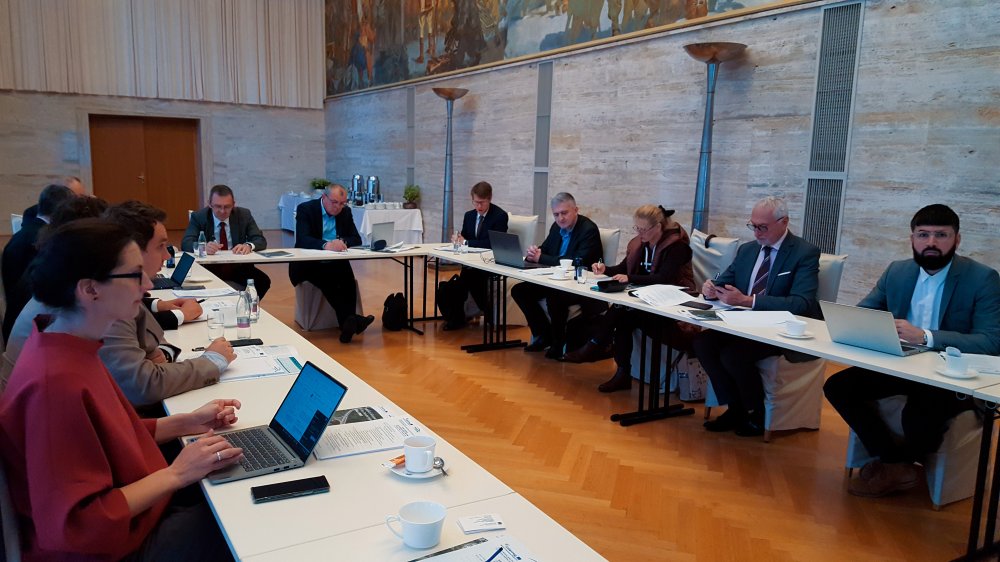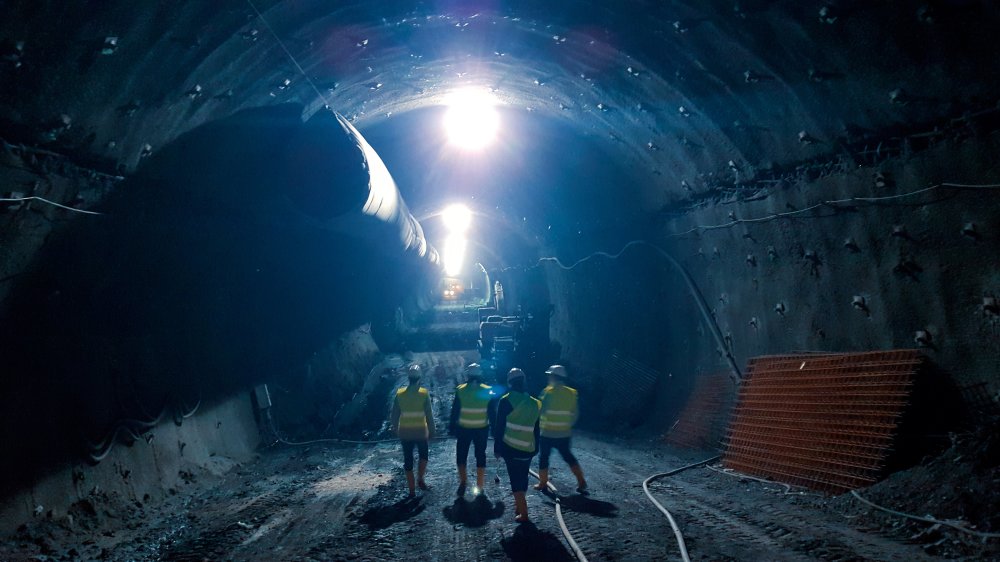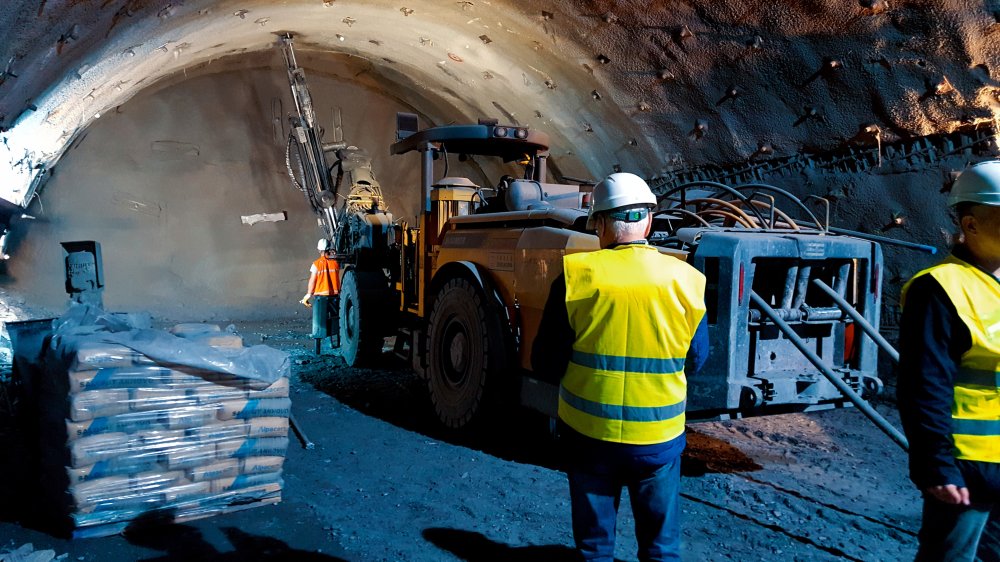News
Transport coordinators of EU macro-regional strategies will join forces to develop cross-MRS collaboration
Noted by Tarmo Ots, PA Transport
EUSBSR Policy Area Transport coordinators visited their partner Priority Area in the Danube Region. A joint meeting of all four EU macro-regional strategies will take place in January 2023.
In November, EUSBSR Policy Area Transport (PA Transport) Coordinators participated in the 26th Steering Group Meeting of the EU Strategy for the Danube Region (EUSDR) Priority Area 1b. The EUSDR Priority Area 1b is dedicated to improving mobility and multimodality in the road, rail, and air transport sectors. In addition to this, the EUSBSR PA Transport deals with waterborne transportation. The similarity of responsibilities forms a good basis for collaboration.
In total, the EUSDR covers fourteen member states, including non-EU countries Ukraine and Moldova. COVID-19 and Russia’s war of aggression on Ukraine have affected the work of the Priority Area in many ways. Steering Group meetings have been held online and Ukraine had delegated its Presidency role to Slovenia, which is now co-chairing with Serbia.

The meeting is run jointly by Mr. Zepic from Slovenia (right, at the end of the table) and Mr. Janjoš from Serbia (left, at the end of the table).
Mapping mutual interests and possibilities for cross-regional collaboration
The meeting had several objectives. Firstly, the coordinators were interested to see the organizational and administrative side of the work of their counterparts, such as the role of the Steering Group in the decision-making processes, topics discussed in the meetings, and the arrangements of the meetings. Secondly, and more importantly, the visit aimed to identify potential mutual interests and discuss how to complement each other’s tasks. A Steering Group meeting was a suitable occasion for this exchange of knowledge, as it opened the possibility to see immediate reactions from the governing body.
The third objective was to discuss Ukraine. The Swedish Presidency of the EUSBSR and the Steering Group of the PA Transport have emphasized the importance of identifying possibilities to engage Ukraine in the activities of EU macro-regional strategies. Ukraine is a member of the Danube macro-regional Strategy, thus via cooperation with Priority Area 1b it is possible to work together with them. Unfortunately, colleagues from Kyiv did not participate in the meeting, for understandable reasons, and it was not possible to establish direct contact with them yet.
The Baltic Sea region has a very good reputation when it comes to the digitalization of transport logistics, and innovation. Several members of the EUSDR Priority Area 1b Steering Group emphasized their interest in involving the Danube region in processes currently ongoing in the Baltic Sea Region. Arranging a joint conference or other joint activities to define areas of mutual interests could be a possible way forward. This is a valid idea as both regions annually organize international transport forums: Transport Innovation Forum takes place in Lithuania every autumn and the Danube Region Transport Days are organized in Slovenia annually.
What will happen next?
Cross-border cooperation between macro-regionals strategies is vital and must continue. Therefore, coordinators of both strategies will follow up on jointly defined action points. Moreover, the plan is to broaden the group to cover all four macro-regional strategies. The EU program Interact will call together representatives of transport sectors of all four EU macro-regions early in 2023. The aim is to identify best practices for the implementation and governance of transport-related issues across Europe.
The Tunnel which connects the Baltic, Adriatic, and Mediterranean transport corridors
In the margins of the meeting, participants had a unique opportunity to visit the construction site of the Karawanken tunnel connecting Austria and Slovenia. The first tube of the 8 km long tunnel was opened already several years ago. As the traffic volume has increased, the single-lane (1+1 road) tunnel cannot cope with the traffic flow anymore. The tunnel extension has significant importance in linking the Baltic, Adriatic, and Mediterranean corridors of the TEN-T network, helping to create better transport possibilities between northern, eastern, and central Europe, and the Balkan region.

The size of the tunnel is huge. Underground mining work is done by Turkish contractor Cengiz Insaat.
The pipeline on the top of the tunnel is a part of the ventilation system which brings fresh air into the tunnel. The picture was taken in the tunnel 2.5 km from the entrance. The walls are already sprayed with concrete. The small plates visible on the surface of the wall are to measure deformation.

Drilling machine installing deformation measuring fiducial points to the surface of the wall.
No fancy or hi-tech “tunnel boring” technology in the construction site, ordinary excavators must do the job. Most of the tunnels are dug nowadays by mining machines equipped with hydraulic drilling equipment, traditional excavators, and trucks. Construction of tunnels is a very slow process, the speed depends on the soil, sometimes during the workday only one meter is moved ahead. After the removal of rock, the wall of the tunnel must be secured and covered (sprayed on the wall) with concrete.